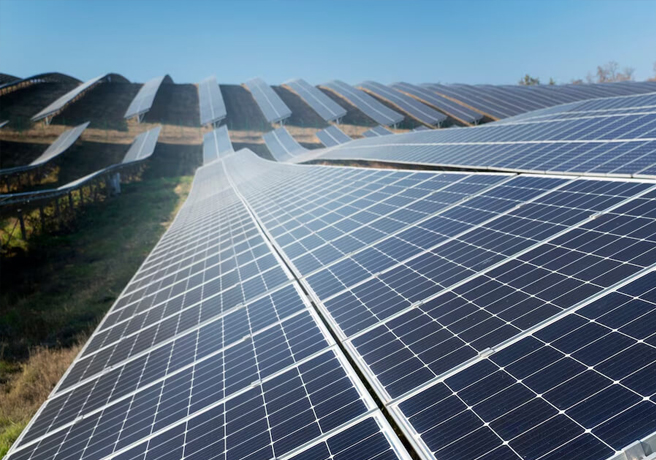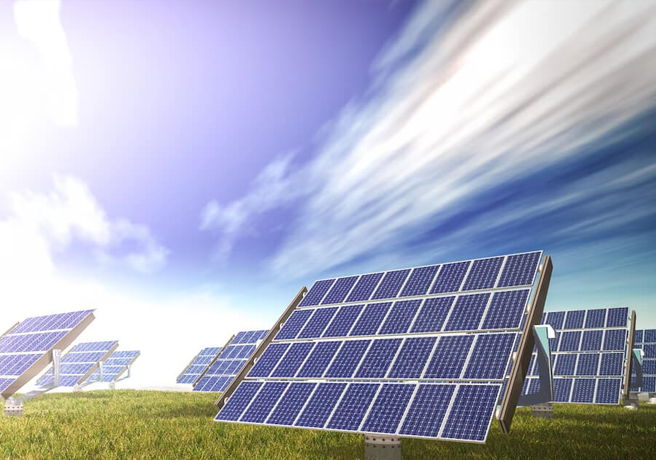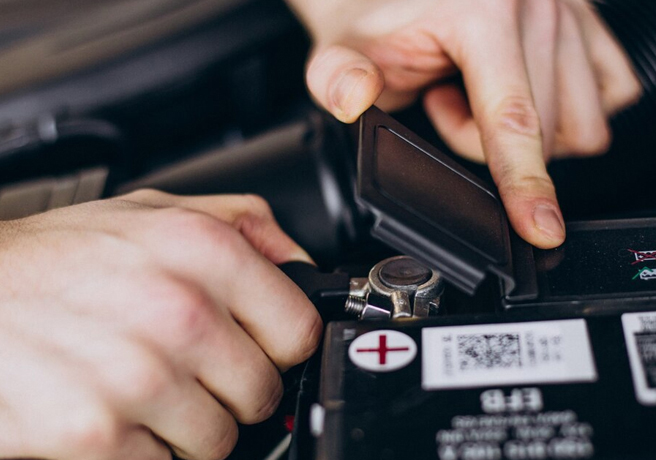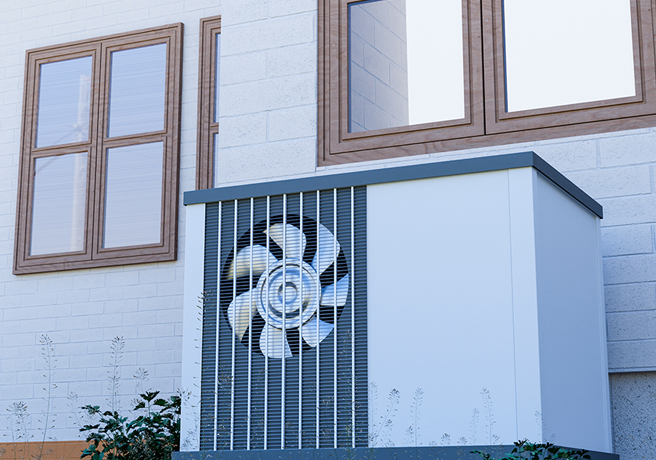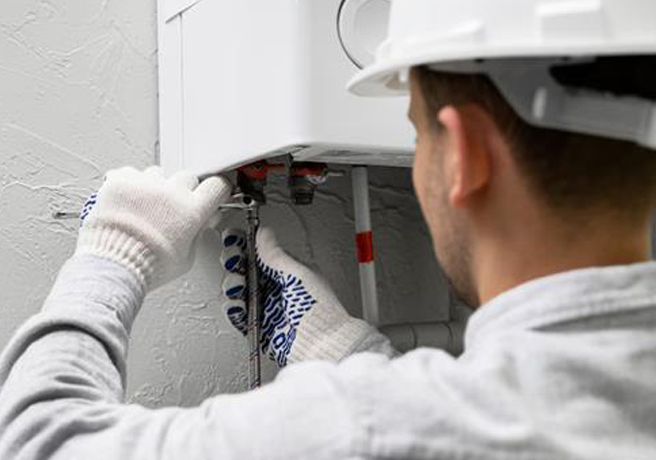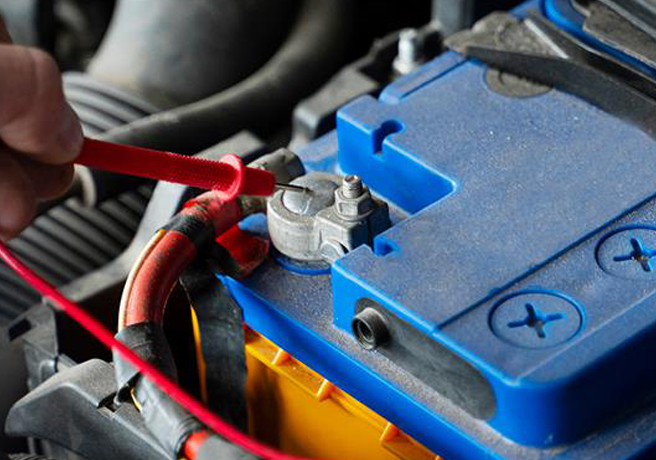Main navigation


I. Introduction
An inverter is a useful appliance for every home. It helps convert power from the grid into reserve power. This reserve can be used when the power supply to home is disrupted due to load-shedding. You can use it to power up your gadgets and appliances in such a scenario.
Because of its importance in the household, you need to be diligent when selecting the right inverter. If you choose the wrong one, your gadgets might not work properly. What’s more - you may even end up damaging your appliances.
So, in this blog, you will learn everything about picking the perfect inverter for your home.
II. Understanding Power Requirements
To begin, first assess how much power you need for your home. Start by making a list of appliances that will work on inverter power. They include lights, fans, and fridge. You can also add TV, laptops, and washing machine. This step will help you exclude heavy appliances like AC and geysers that should NOT be connected to the inverter.
When we talk about power, there are two important things to understand: continuous power and peak power.
a. Continuous Power
This is like the regular flow of electricity needed to keep your appliances running once they’re turned on. For example, your fridge needs continuous power to stay cold all day long.
b. Peak Power
Now, peak power is a bit different. It’s like a sudden burst of electricity needed when an appliance first starts. They need a bit more power at the beginning to get going, and then they settle down to continuous power once they’re running.
When you set out to buy an inverter, you also need to factor in adding more appliances in the future. Hence, it is better to go for an inverter whose capacity is more than the overall load requirement.
III. Types of Inverters
1. Pure Sine Wave Inverters-
These inverters produce a smooth and consistent wave of electricity, just like the power you get from your wall outlets. This makes them suitable for all types of appliances. These include sensitive electronics like computers and medical equipment. They are the most reliable out of the various types of inverters.
2. Modified Sine Wave Inverters-
These are more budget-friendly, but they produce a slightly choppy wave of electricity. They may work well with most appliances. But some sensitive gadgets might not perform at their best.
3. Square Wave Inverters-
Square wave inverters are the most basic and the least expensive. They produce power in a square, blocky waveform. They’re not suitable for most modern appliances and electronics, especially those with motors or delicate circuits.
IV. Sizing Your Inverter
Here is how you can calculate the load requirement for sizing your inverter.
a. Check the Labels: Look for labels on appliances and electronics that show their power usage in watts (W) or kilowatts (kW). Write down the power ratings for each item.
b. Estimate Usage Time: Think about how long you use each device daily. For example, you might use your TV for 4 hours a day, and your fridge runs all day and night.
c. Do the Math: Multiply the power rating (in watts) of each device by the number of hours you use it per day. This will give you the daily energy consumption for each item.
d. Add it Up: Add up the daily energy consumption for all your appliances and electronics. This total represents your home’s daily power requirement.
e. Once the daily power requirement is computed, make sure to factor in the average occurrence of electricity blackouts. This will determine the right choice of an inverter that will handle all electrical equipment throughout the day.
Next, you need to match your need with inverter capacity. It should ideally match or slightly exceed your daily power requirement. Going too small can lead to overloading. On the other hand, going too big can be inefficient and costly. Also, make sure to consider surge power without tripping. Lastly, check whether both ratings meet your current and future needs.
Here is a step-by-step guide to sizing your inverter.
- Check Inverter Specifications: When shopping for inverters, carefully review their continuous and peak load capacities. Ensure they align with your calculated power needs.
- Consult an Expert: If you’re unsure about sizing, it’s advisable to consult with a professional or an experienced technician. They can assist you select the ideal inverter depending on your specific requirements.
- Consider Inverter Efficiency: Keep in mind that inverters operate most efficiently when not running at their maximum capacity. It’s often better to have a slightly larger inverter running at lower loads for improved efficiency or you can have look at Eastman inverters which work on the concept of one. Their inverters have a true input: output ratio of 1. Other inverter brands will show a significant dip in power output as compared to the power input. So, if a regular brand says 900Va, it is not 900Va, but will only deliver 630W Bulb load. Eastman Inverter is the only brand that demonstrates the power of ONE and delivers an output of 900W Bulb load.
V. Battery Considerations
1. The Role of Batteries in an Inverter System:
Batteries are like the heart of your inverter setup. They store electrical energy when the power supply is available and release it when there’s a power outage. Here’s how they function within the system:
- Energy Storage: Batteries store the excess electricity generated by the inverter during periods of normal grid power. This stored energy can then be used to power your appliances and devices when the grid fails.
- Continuous Power: They provide a continuous power supply during an outage to let your critical appliances function as usual.
- Transition Time: Batteries ensure a smooth transition between grid power and inverter power. Hence, they prevent interruptions in your electrical supply in case of an outage.
2. Types of Batteries:
Check these various types of batteries that go with your inverters.
- Lead-Acid Batteries: These are traditional and widely used batteries. They come in two main variants:
Flooded Lead-Acid Batteries: These require regular maintenance, including checking and topping up the electrolyte level. They are cost-effective but may have shorter lifespans.
Sealed Lead-Acid Batteries (AGM or Gel): These are maintenance-free and more suitable for indoor installations. They have a longer lifespan but are typically more expensive.
- Lithium-Ion Batteries: Lithium-ion batteries are becoming increasingly popular due to their high energy density. They also possess a longer lifespan and lightweight design. They require minimal maintenance.
- Tubular Batteries: These are a type of lead-acid battery known for their durability and long cycle life. They are suitable for areas with frequent power cuts.
- Lithium Iron Phosphate (LiFePO4) Batteries: These lithium-ion batteries are known for their safety and long cycle life. They are a premium choice for inverter systems.
3. Choosing the Right Battery Capacity:
Selecting the appropriate battery capacity is essential. With the right capacity, your inverter can provide backup power for the desired duration. Here’s how to determine the right battery capacity:
- Calculate Your Load: Start by listing all the appliances and devices you want to power during an outage. Determine their combined power consumption in watts.
- Estimate Backup Duration: Decide how long you want your inverter to provide backup power. This could be a few hours or even days, depending on your needs.
- Battery Capacity Formula: The formula to calculate the required battery capacity is: Battery Capacity (in ampere-hours, Ah) = Total Load (in watts) x Backup Duration (in hours) / Battery Voltage Battery Capacity Formula: The formula to calculate the required battery capacity is: Battery Capacity (in ampere-hours, Ah) = Total Load (in watts) x Backup Duration (in hours) / Battery Voltage Let us consider a hypothetical situation as an example. Let us say you want to power essential appliances during a blackout with a total load of 800 watts, and you need the backup of 4 hours using a battery that operates at 12 volts. In this case, the battery capacity can be computed as below - Battery Capacity (in Ah) = 800 watts x 4 hours / 12Volts = 266.66 Ah In this example, you would require a battery with a capacity of approximately 266.66 ampere-hours to sustain the specified load for 4 hours.
- Consider Depth of Discharge (DoD): Batteries should not be discharged completely to prolong their lifespan. Many experts recommend keeping the depth of discharge at around 70% for lead-acid batteries. Net required battery capacity is: 266.66/0.7 =380Ah We have considered 70% DOD factor
VI. Efficiency and Quality
1. Why do inverter efficiency and quality matter?
- Energy Savings: An efficient inverter translates to less wasted energy. It means more of the electricity stored in your batteries gets used to power your appliances, which can lead to lower electricity bills in the long run. Eastman Inverters come with the Power of ONE, i.e., they provide the same power output (in case of power outage) that they take as input. Other brands may offer substantially lesser output for corresponding input. But Eastman offers a true input: output ratio of ONE.
- Extended Battery Life: Efficient inverters run cooler. They reduce the strain on your batteries and potentially extend their lifespan.
- Reliability: High-quality inverters are built to last. They are less likely to fail prematurely. This results in fewer maintenance issues and replacement costs.
- Safety: Quality inverters incorporate safety features like overload protection. They should offer over-temperature protection and short-circuit protection. Such steps drive peace of mind for customers. These features safeguard your appliances, batteries, and the inverter itself.
2. Assessing inverter efficiency
The maximum efficiency of an inverter will be when it reaches two-thirds of its capacity. This is known as peak efficiency. This rating indicates the maximum efficiency that an inverter can achieve in a standard scenario. For instance, 95% peak efficiency means that the appliance can convert 95% of DC power into AC power.
3. Assessing the quality of an inverter
Consider the following factors:
- Brand Reputation: Established and reputable brands often produce high-quality inverters. Research manufacturers’ track records and customer reviews.
- Warranty: A longer warranty period typically indicates the manufacturer’s confidence in their product’s durability and reliability. Read the warranty terms carefully to understand what’s covered.
- Technical Support: Consider the availability of technical support and customer service. In the event of issues or questions, responsive support can be invaluable.
4. Certifications
- BIS standards: All inverters upto 5 KVA need mandatory BIS registration as per IS 16221 (Part 2): 2015 to check product compliance with quality standards.
- ISO standards: ISO 9001:2015 is a common certification to indicate that the inverter manufacturer follows international quality management standards
VII. Installation and Maintenance
The installation and maintenance of your inverter are critical steps in ensuring the long-term performance and reliability of your solar power system. Consider these important points.
1. Professional Installation
A qualified technician is needed to install your inverter for these reasons -
- Safety: Inverters deal with high voltages, and improper installation can pose safety risks. Professionals are trained to install inverters safely, reducing the risk of accidents.
- Optimal Placement: Technicians can determine the best location for the inverter, considering factors like shading, ventilation, and accessibility.
- Warranty Preservation: Some warranties require professional installation to remain valid. DIY installation may void the warranty.
- Post-Installation Monitoring: They will also suggest ways to monitor the inverter’s performance regularly.
2. Routine Maintenance
Inverters generally require minimal maintenance, but some basic tasks can extend their lifespan and performance.
- Cleaning:Keeping the inverter and its ventilation clear of dust and debris helps prevent overheating.
- Visual Inspection: Periodically check for loose connections, physical damage, or signs of wear.
- Professional help: Make sure to sign up for an Annual Maintenance Contract with an inverter servicing expert.
IX. Budget and Cost Considerations
Here are some budgetary considerations worth factoring.
- Select an inverter type that will generate good ROI over the long term. Going for pure sine wave inverters will be a good choice.
- Go for inverters with better efficiency. They may be expensive but result in lower energy bills over time.
- See if you can get an inverter that has a longer warranty period.
- Ensure professional installation to get assured peace of mind.
- While inverters last long, you must factor in routine repairs and maintenance costs.
- When buying an inverter, get quotes from multiple vendors to ensure savings.
To conclude
This was a compact guide on choosing the right inverter for your home. Now, you will be better aware about picking an inverter that is just right for your distinct requirement.
related Posts
Interested in buying our products?
Fill the enquiry form or call us on:

